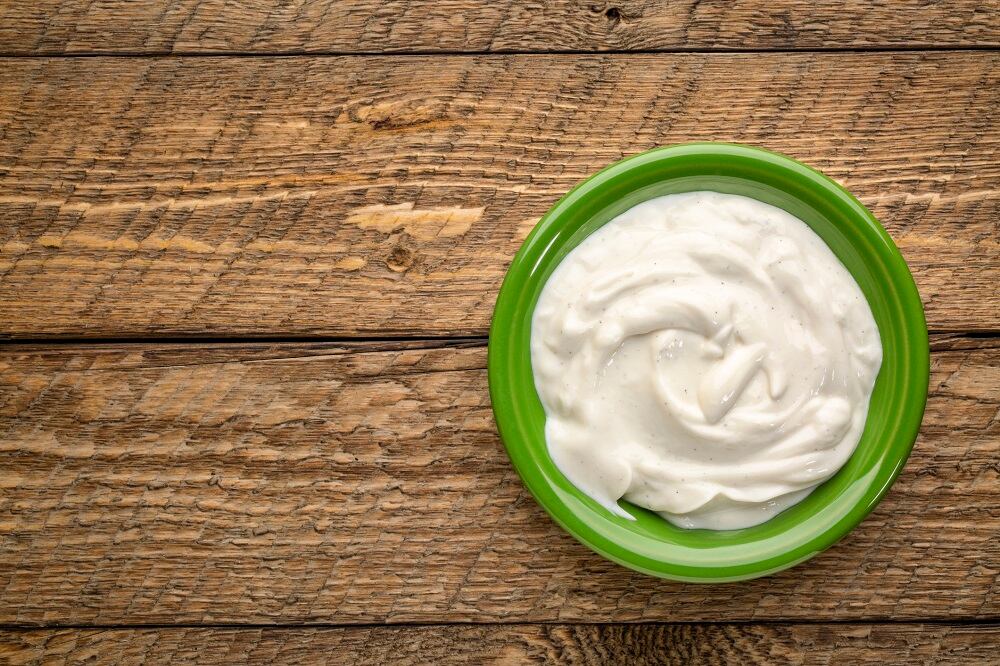Despite growing with a compound annual growth rate (CAGR) of 5% between 2012 and 2017, yogurt declined by 2% in 2017. Sales fell to BRL13.6 billion, according to Euromonitor’s Yoghurt and Sour Milk Products in Brazil report.
Brazil still represents the largest dairy market in Latin America, with 37% of the total dairy revenues in the region, but yogurt sales are predicted to continue their decline through 2022, with a CAGR of -1%.
“While all categories are set to experience decline, this represents a slight improvement over the performance seen during the review period, when yoghurt sales fell with a 2% CAGR at constant 2017 prices,” stated the report.
Manufacturer responses
Food and beverage manufacturers responded to Brazil’s 2017 economic slowdown by discounting in several important categories, including dairy, which helped the packaged foods sector level out.
French dairy giant Danone commands the greatest market share in the yogurt category, with 38% of sales in 2017, said Euromonitor, which is more than double second placed Dairy Partners Americas (18%).
“[Danone] is a leader in terms of innovation in the market, notably launching its Activia brand in a breakfast format that includes cereals and fruits, thereby providing a ready-to-eat version of a typical Brazilian breakfast in line with a growing demand for convenience amongst busy consumers,” stated Euromonitor.

Like elsewhere, Greek yogurt is viewed positively in Brazil, and this helped the plain yogurt sector register positive growth in 2017 (compared with negative growth for the overall category).
In 2016, the Americas was responsible for 50% of the global Greek yogurt market, with the US streets ahead of the competition. As reported by our sister site FoodNavigator-USA, Greek yogurt made up less than 1% of the US yogurt market in 2007, but it now accounts for about 54% of the total yogurt market.
“As well as a creamy texture, Greek yoghurt contains probiotic cultures and is lower in lactose and higher in protein than other yoghurt,” stated Euromonitor. “These latter two qualities chime strongly with prevailing demand in Brazil, with lower lactose and higher protein being notable features of product innovation across dairy categories towards the end of the review period.”
The retail angle
Unsurprisingly, distribution of yogurt in Brazil is dominated by supermarkets and hypermarkets because of their extensive refrigeration facilities.
“Both mixed retailers and direct sellers saw share increases in yoghurt towards the end of the review period, however, as they appealed to consumer price-consciousness and, in the case of direct sellers, had the capacity to reach consumers in areas beyond the range of modern grocery retailers,” added the Euromonitor report.

